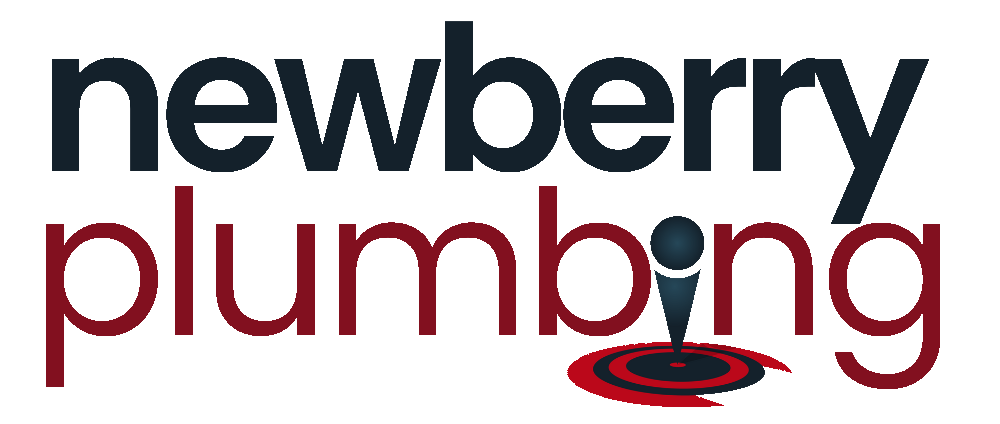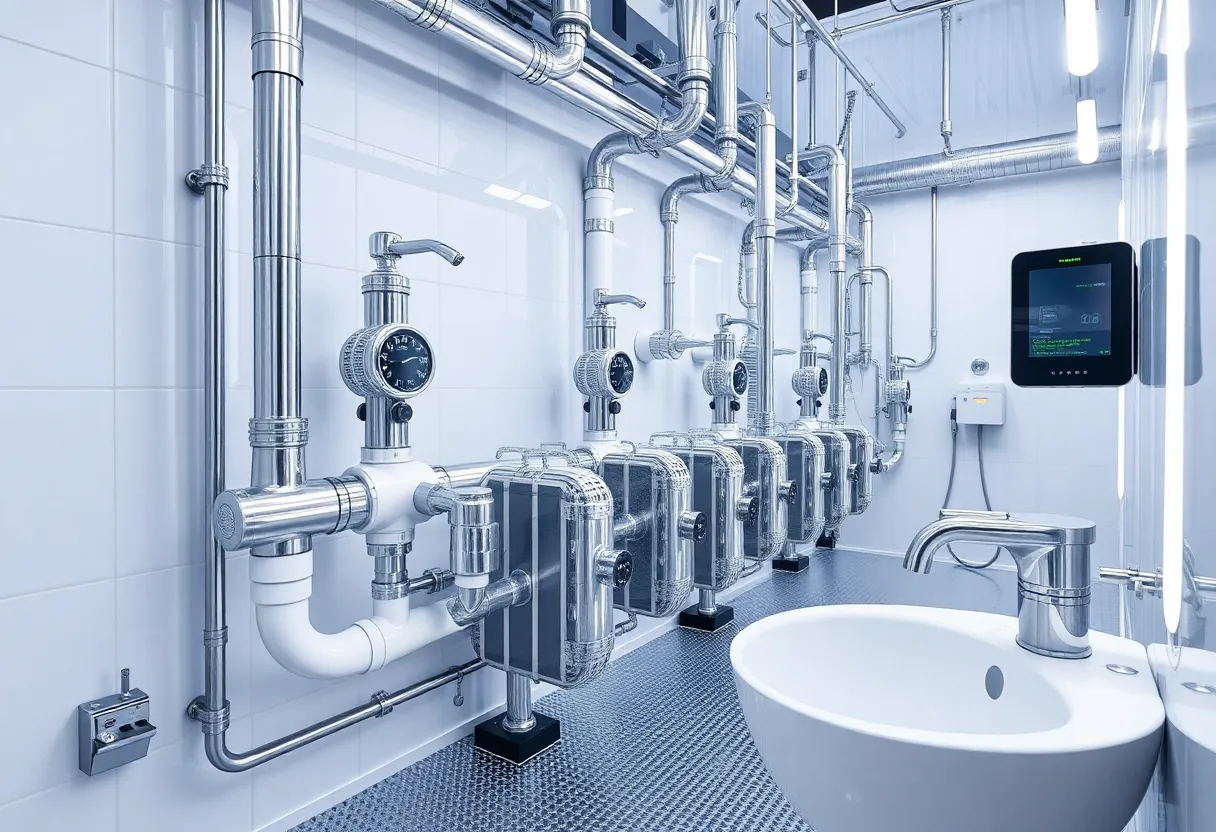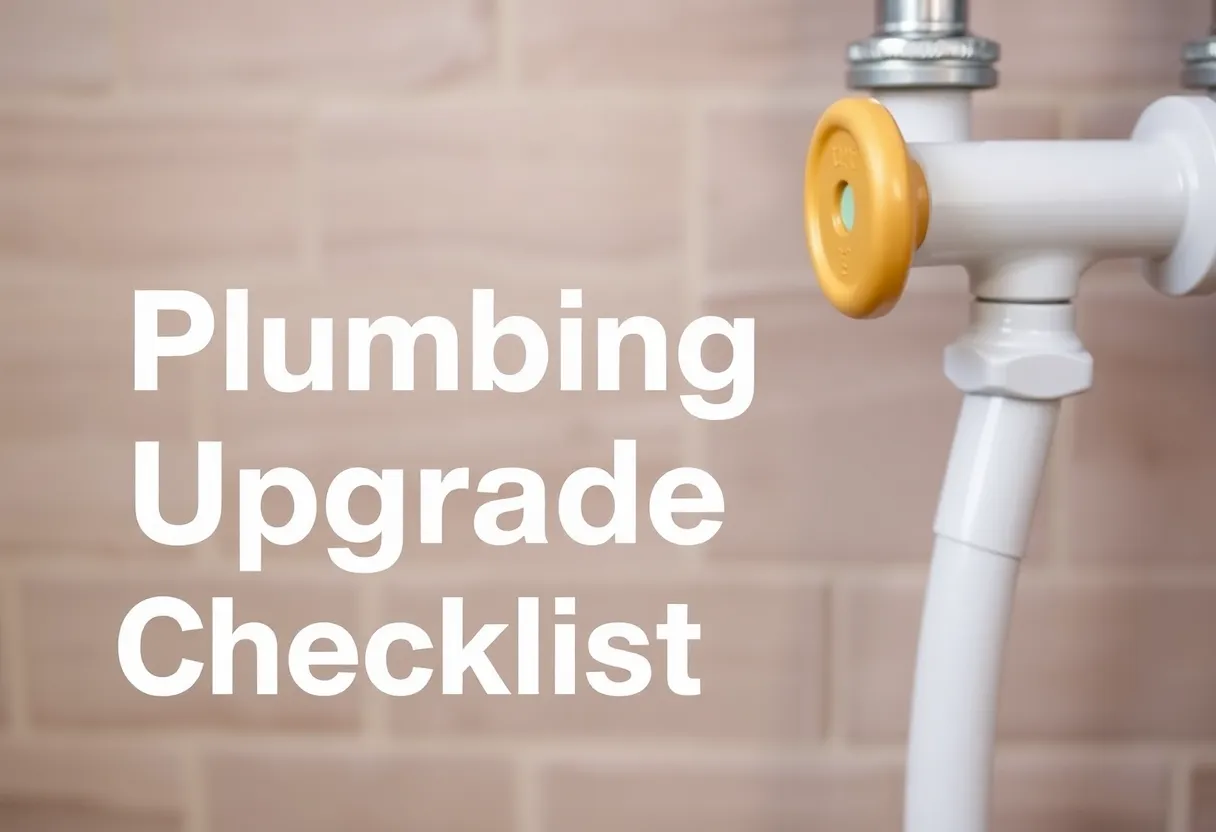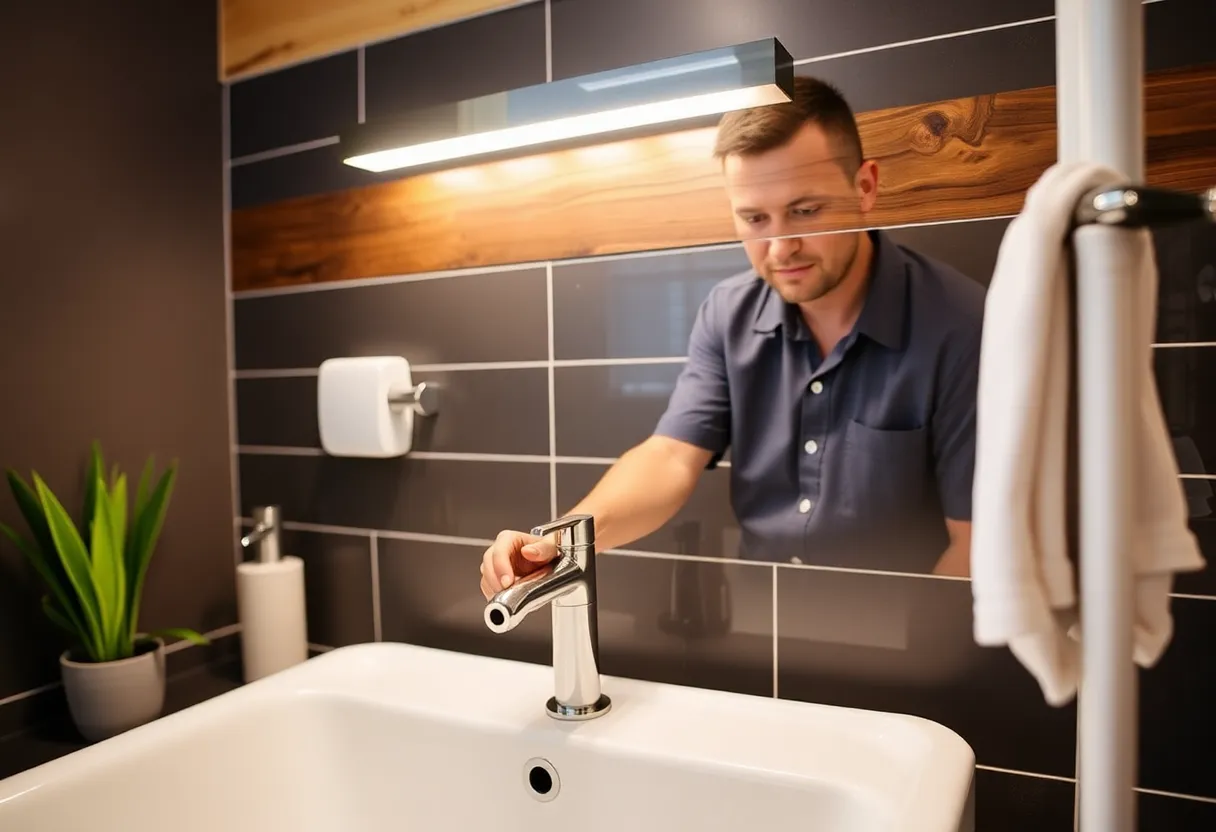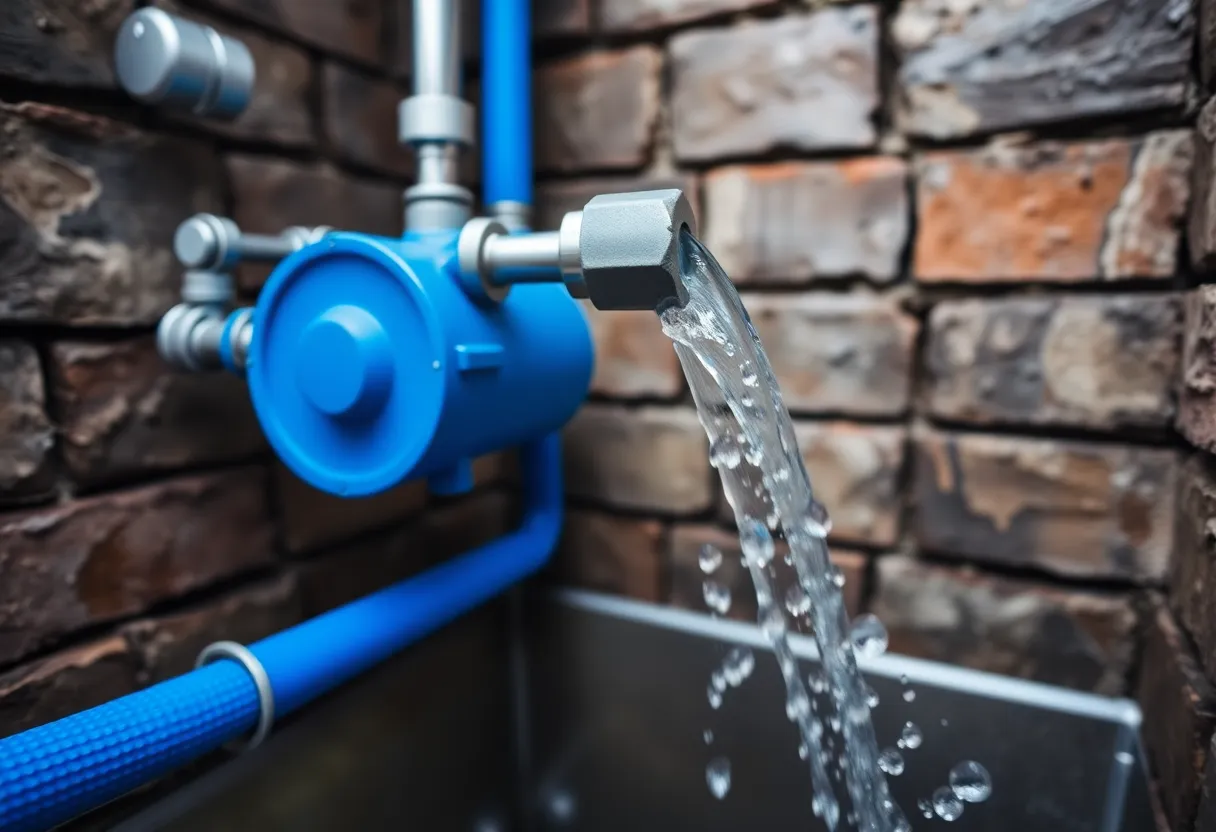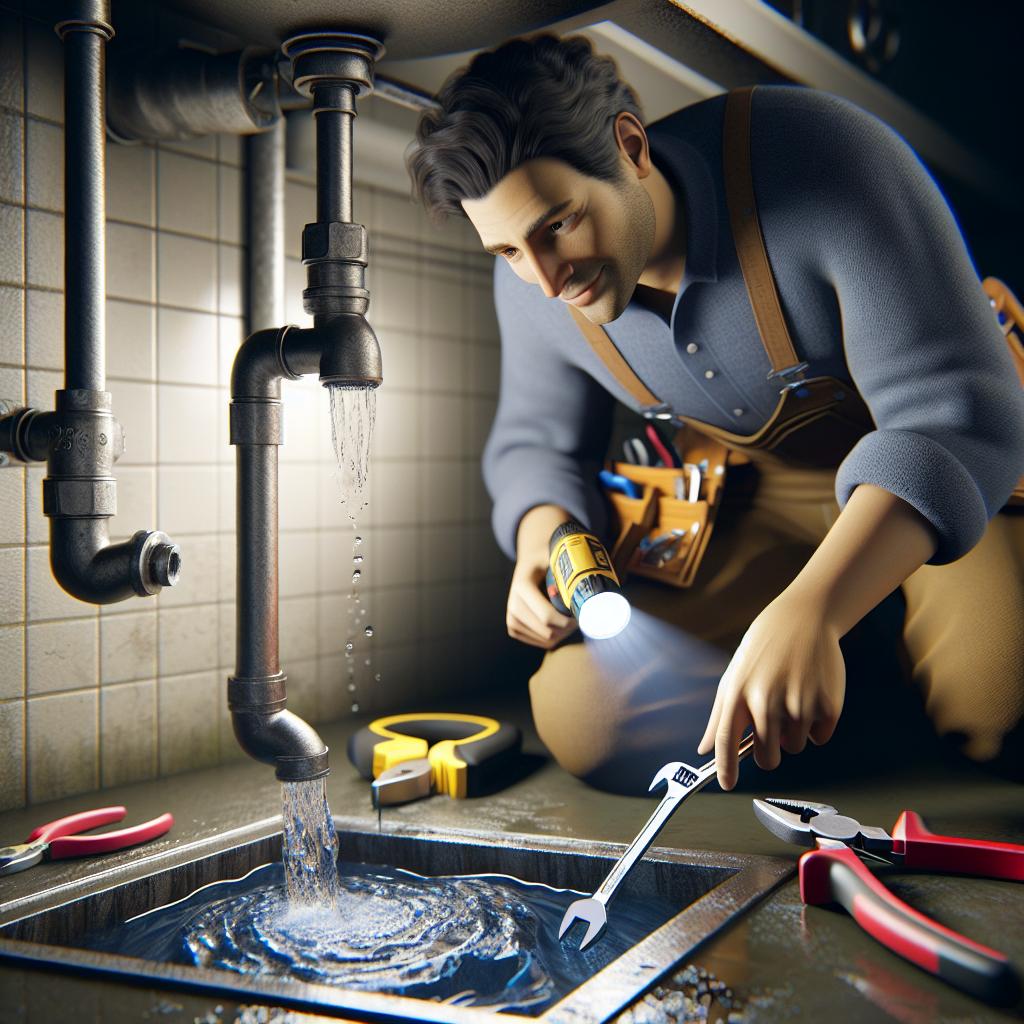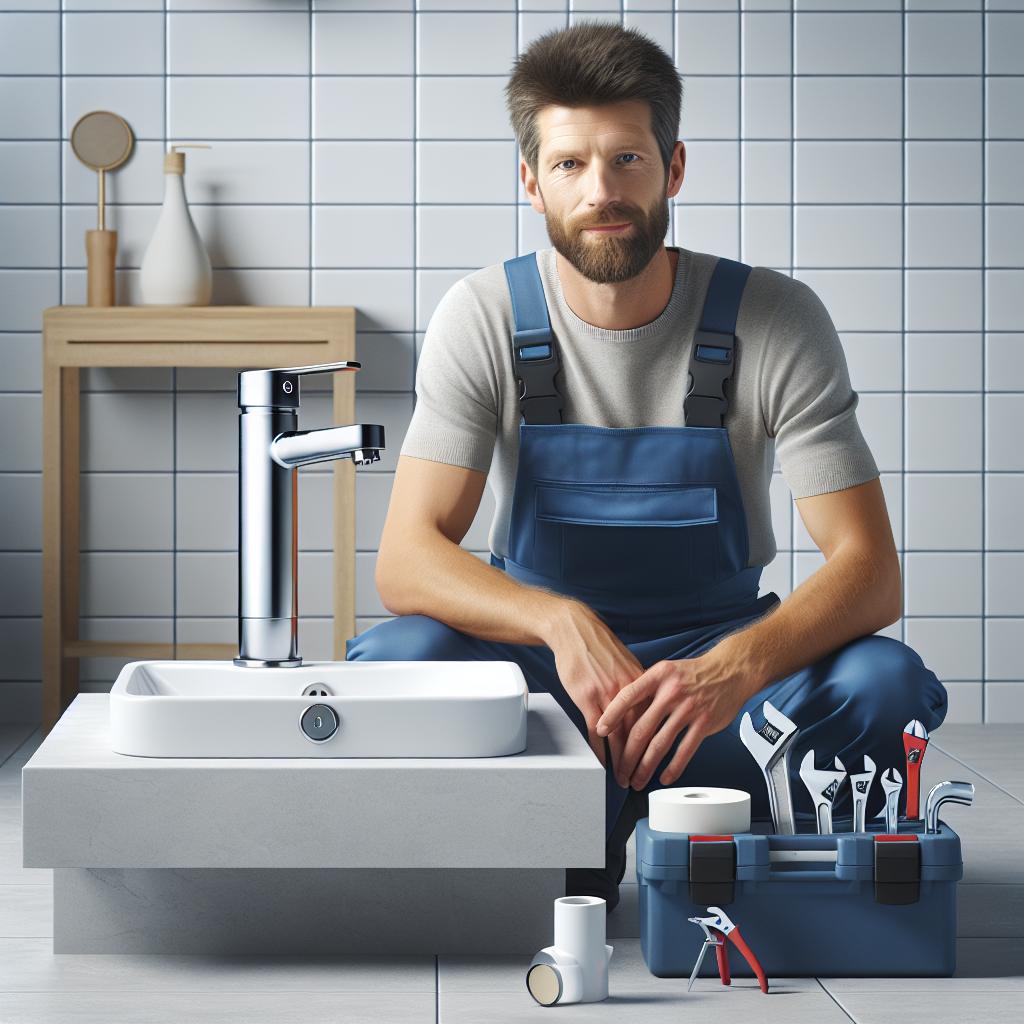The Plumbing Evolution: 10 Emerging Technologies Set to Redefine Home Water Systems in 2025
As we step further into the 21st century, the realm of plumbing is undergoing a profound transformation. Gone are the days when complex piping systems were the primary focal point of household water management. The landscape of residential plumbing is being dramatically reshaped by technological advancements that promise not only to enhance efficiency but also to promote sustainability and smart home integration. This article will explore _10 emerging technologies that are set to redefine home water systems by 2025_, providing a glimpse into the future of plumbing.
1. Smart Water Leak Detectors
Water damage can be catastrophic, costing homeowners thousands in repairs. Enter _smart water leak detectors_, devices equipped with sensors that can identify leaks in real-time. By integrating with home Wi-Fi networks, these detectors send alerts directly to homeowners’ smartphones, allowing for immediate action. This technology utilizes advanced algorithms to differentiate between normal water usage and potential leaks, providing an additional layer of security and peace of mind.
How They Work
Smart water leak detectors typically employ sensors that monitor humidity levels and detect the presence of water. When a leak is identified, the device communicates with an app installed on the homeowner’s smartphone, sending out a notification. Some smart systems can even automatically shut off the water supply to prevent further damage.
2. Tankless Water Heaters
As energy efficiency becomes more critical in modern households, _tankless water heaters_ are gaining popularity. Unlike traditional water heaters that store hot water in a tank, tankless systems heat water on demand. This on-demand approach not only saves energy but also provides a continuous supply of hot water, making it a preferred choice for many homeowners.
Benefits of Tankless Systems
- Energy Efficiency: Since water is heated only when needed, tankless heaters significantly reduce energy consumption.
- Space Saving: These units are compact and can be installed in smaller spaces, making them ideal for urban living.
- Longevity: Tankless water heaters typically have a longer lifespan than traditional heaters, reducing replacement costs in the long run.
3. Water Filtration Technology
With concerns about water quality on the rise, _advanced water filtration systems_ are becoming a staple in many homes. Modern filtration systems are designed not only to remove impurities but also to enhance the taste of drinking water. These systems utilize technologies such as reverse osmosis, activated carbon, and ultra-filtration to ensure that households have access to clean and safe water.
Innovative Features
Some of the latest filtration systems are equipped with smart features that allow users to monitor water quality in real time. These units can send alerts when filters need replacement or when water quality falls below safe standards, ensuring that homeowners are always informed about the purity of their water supply.
4. Greywater Recycling Systems
As water conservation becomes a pressing issue, _greywater recycling systems_ are emerging as a viable solution for households looking to reduce their water footprint. This technology collects “greywater” from sources like sinks, showers, and washing machines and treats it for reuse in irrigation or toilet flushing.
How Greywater Recycling Works
The systems involve capturing the used water and then filtering it to remove larger particles and contaminants. Depending on the system and local regulations, the treated greywater can be safely reused, thus significantly decreasing the overall demand for fresh water.
5. Smart Irrigation Systems
Not limited to interior plumbing, _smart irrigation systems_ are also transforming how homeowners manage outdoor water use. Utilizing sensors and weather data, these systems can optimize watering schedules and amounts, ensuring that gardens, lawns, and landscapes receive precise irrigation without excess.
Features of Smart Irrigation
- Soil Moisture Sensors: These determine the right time to water based on actual soil conditions.
- Rain Sensors: These automatically suspend watering when sufficient rainfall is detected.
- Remote Management: Many smart irrigation controllers can be managed via smartphone apps, allowing homeowners to make real-time adjustments.
6. 3D Printing in Plumbing
_3D printing technology_ is making waves across various industries, and plumbing is no exception. This innovative technique allows for the rapid production of customized plumbing parts and fixtures, minimizing waste and reducing lead time in repairs or installations.
Advantages of 3D Printing
3D printing enables the creation of bespoke parts tailored to specific plumbing requirements, which can be especially valuable in restoration projects or hard-to-fit installations. In addition, materials used in 3D printing are becoming more durable, ensuring longevity and reliability.
7. Water Monitoring Systems
To maintain oversight of home water usage, _advanced water monitoring systems_ are becoming increasingly popular among homeowners. These sophisticated systems track water consumption in real time and provide insights into usage patterns, ultimately helping homeowners reduce waste and save on bills.
What They Offer
Many water monitoring systems feature user-friendly mobile apps that allow homeowners to visualize their water consumption, set budgets, and receive alerts for excessive usage. These insights can help promote more mindful water consumption habits.
8. IoT-Enabled Appliances
The integration of _Internet of Things (IoT)_ technology into home appliances is also influencing plumbing systems. Devices like IoT-enabled washing machines and dishwashers optimize their water usage based on load size and appliance efficiency, resulting in smarter water management at home.
Benefits of IoT Integration
By connecting appliances to a central hub, homeowners can monitor and control their water usage from anywhere. Additionally, IoT appliances can communicate with one another, ensuring that water is used efficiently throughout the household.
9. Self-Cleaning Pipes
One of the most fascinating innovations in plumbing is the development of _self-cleaning pipe systems_. These pipes feature advanced materials and design mechanisms that minimize clogging and reduce the need for manual cleaning, thus maintaining smooth water flow.
How Self-Cleaning Pipes Work
These pipes typically use innovative coatings or dynamic flow systems that continuously flush away debris and contaminants, ensuring that the inner surfaces remain clean. This technology can extend the lifespan of plumbing systems and reduce maintenance costs significantly.
10. Automated Shut-Off Valves
Lastly, _automated shut-off valves_ are quickly becoming essential in modern plumbing. These valves automatically shut off the water supply in the event of a detected leak or abnormal pressure changes, protecting homes from potential water damage.
Importance of Automated Valves
Rapid response times are crucial in preventing damage. The integration of automated shut-off valves with smart home systems allows homeowners to receive notifications and act quickly even when they are away from home.
Conclusion
The future of plumbing is brighter than ever, driven by technological advancements that prioritize efficiency, sustainability, and safety. By 2025, as these _emerging technologies_ become increasingly common in residential settings, homeowners will benefit from enhanced water management solutions that not only save money but also protect valuable resources. Embracing these innovations not only keeps households more comfortable but also contributes to a broader commitment to environmental stewardship, paving the way for a more sustainable future in home water systems.
